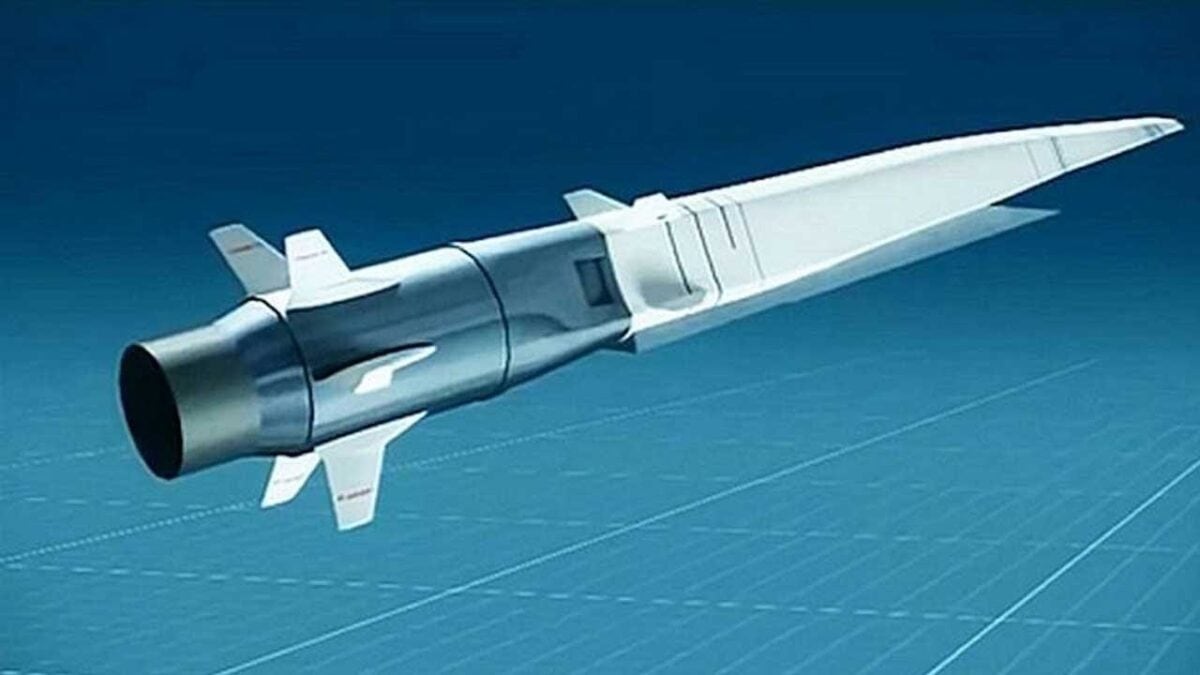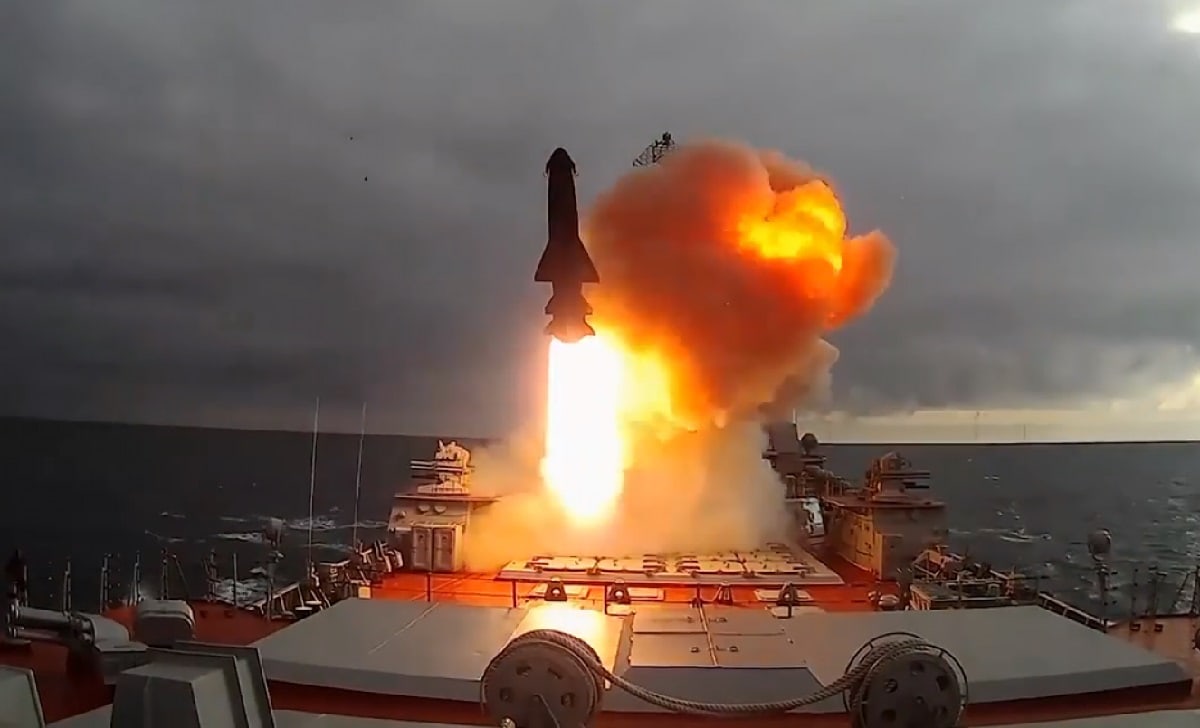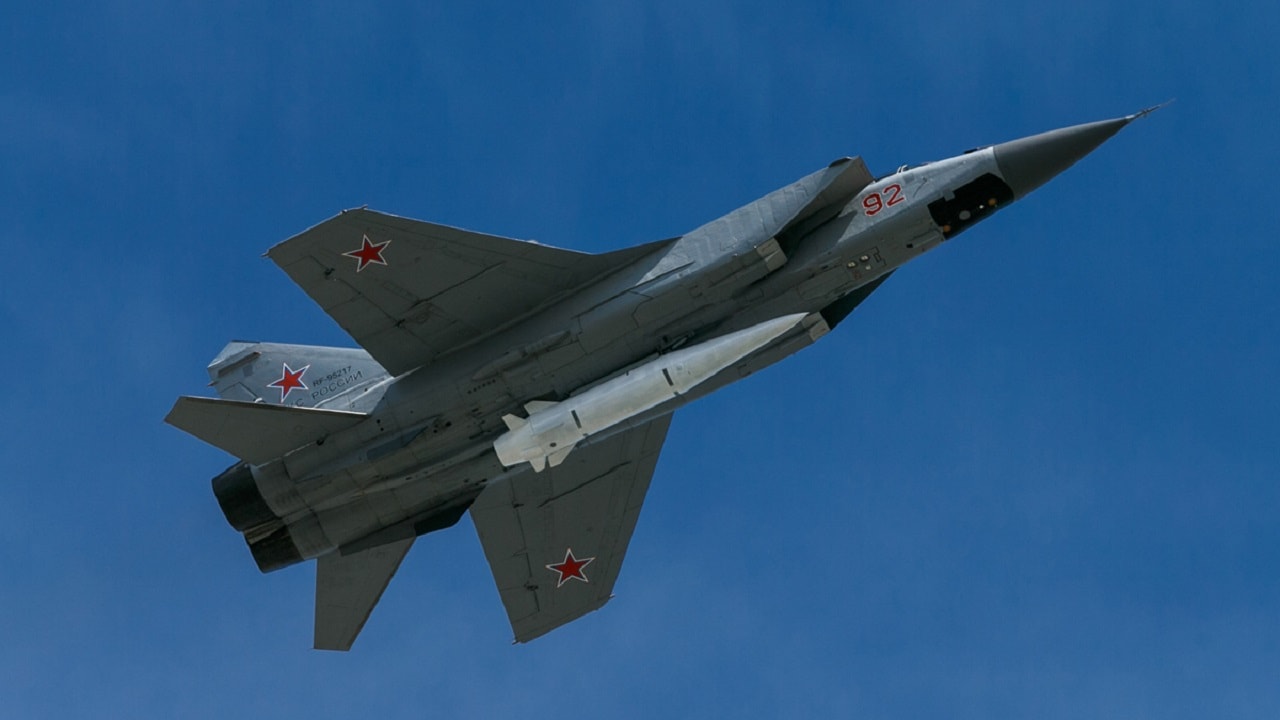Hypersonic Missiles Are A Sign That Russia’s Invasion Has Failed – When you use a sledgehammer to kill a fly, it’s not just the fly that has a problem. It’s also an admission that your flyswatter doesn’t work.
Russia’s claim to have fired two hypersonic missiles at Ukrainian targets is supposed to frighten Ukraine into surrender, and NATO from supporting Ukraine. Instead, it’s an admission that Russia’s ground offensive is failing, and that the Kremlin can think of no better option than using what’s essentially an ultra-fast terror weapon.
First, it’s not even clear what really happened. On March 19, the Russian military announced that it had struck an underground Ukrainian ammunition depot with a Kh-47M2 Khinzal (“dagger”) air-to-ground hypersonic missile. Russia’s Ministry of Defense posted a video on Twitter that purportedly showed smoke and flames on the depot, which is located near the village of Deliatyn, south-western Ukraine about 60 miles from the Romanian border. On March 20, the Russian military claimed that a Khinzal destroyed a fuel depot in the village of Konstantinovka in the Mykolaiv region of southern Ukraine.
The Khinzal is an air-launched version of the Iskander land-based ballistic missile. Carried by a MiG-31 fighter, the nuclear-capable Khinzal has a range of 2,000 kilometers (1,243 miles) and a maximum speed of Mach 10, according to the Russian military. Speeds of Mach 5 (3,386 miles per hour) or greater is considered hypersonic speed.
“I want to draw your attention to the fact that the use of a hypersonic aeroballistic missile of the Kinzhal complex was carried out from a range of more than 1,000 km [621 miles], Russian Defense Ministry spokesman Igor Konashenkov told the TASS news agency (English translation here). “The flight time of the hypersonic missile was less than 10 minutes.”
“The destruction of a large fuel depot in the village of Konstantinovka by a hypersonic missile of the Dagger complex was due to its invisibility and invulnerability to any means of air defense and anti-missile defense of the enemy,” claimed Konashenkov. U.S. President Joe Biden has confirmed that hypersonic missiles were actually used, though the War Zone defense Web site questions details of the attacks.
Either way, Khinzal is why Russia felt a need to fire 26-foot-long nuclear-capable Khinzal missiles against targets that don’t appear to be either heavily defended or of such strategic importance that they warrant the use of a limited number of advanced and expensive weapons.
At the least, resorting to long-range missile attacks illustrates the stunning impotence of Russia’s air force. Despite boasts from Russian President Vladimir Putin of new wonder weapons such as stealth jets, Russian airpower has provided limited support to the ground offensive or to destroying Ukrainian logistics and command and control. This partly seems due to the surprising effectiveness of Ukrainian air defenses, but also to the timidity of Russian air operations. A fuel depot and an ammunition dump are sensible targets for conventional weapons, such as cruise missiles, short-range air-to-ground missiles, or plain old unguided bombs.

Tsirkon Hypersonic Missile. Image Credit: Creative Commons.
But a hypersonic missile like the Khinzal is designed to travel so fast that the target doesn’t have warning time to escape and to be so quick that anti-missile defenses can’t intercept it. Ukrainian air defenses have shot down some Russian missiles, but Khinzal seems overkill.
Another explanation is that the use of hypersonics is intended to terrify Ukraine into surrender. But if three weeks of relentless air strikes, artillery bombardment and ground assaults of Ukrainian cities haven’t collapsed public morale, neither will a few more missiles. The U.S. discovered the same in Vietnam, when B-52 strikes failed to subdue North Vietnam.
In the end, Russia’s prospects for victory rest on the performance of the ground troops, and so far the Russian Army has proved ponderous at best and incompetent at worst. Russia needs a fast ground offensive, not fast missiles.

Tsirkon Hypersonic Missiles.
A seasoned defense and national security writer and expert, Michael Peck is a contributing writer for Forbes Magazine. His work has appeared in Foreign Policy Magazine, Defense News, The National Interest, and other publications. He can be found on Twitter and Linkedin.

